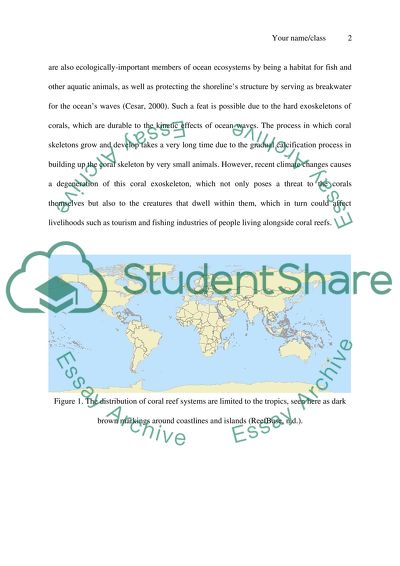Cite this document
(“The Impact of Climate Change on the Oceans Coral Bleaching Rates Research Paper”, n.d.)
The Impact of Climate Change on the Oceans Coral Bleaching Rates Research Paper. Retrieved from https://studentshare.org/environmental-studies/1470622-the-impact-of-climate-change-on-the-oceans-coral-bleaching-rates
The Impact of Climate Change on the Oceans Coral Bleaching Rates Research Paper. Retrieved from https://studentshare.org/environmental-studies/1470622-the-impact-of-climate-change-on-the-oceans-coral-bleaching-rates
(The Impact of Climate Change on the Oceans Coral Bleaching Rates Research Paper)
The Impact of Climate Change on the Oceans Coral Bleaching Rates Research Paper. https://studentshare.org/environmental-studies/1470622-the-impact-of-climate-change-on-the-oceans-coral-bleaching-rates.
The Impact of Climate Change on the Oceans Coral Bleaching Rates Research Paper. https://studentshare.org/environmental-studies/1470622-the-impact-of-climate-change-on-the-oceans-coral-bleaching-rates.
“The Impact of Climate Change on the Oceans Coral Bleaching Rates Research Paper”, n.d. https://studentshare.org/environmental-studies/1470622-the-impact-of-climate-change-on-the-oceans-coral-bleaching-rates.


